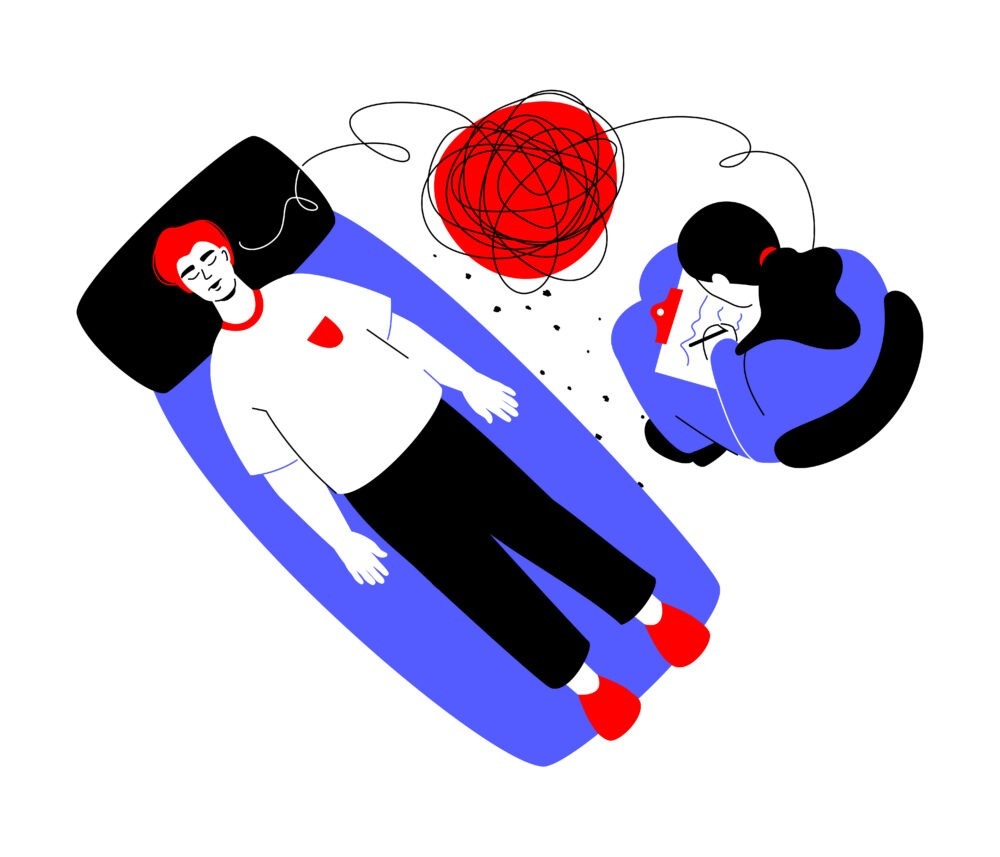Freudian free association is a psychoanalytic technique developed by Sigmund Freud, the founding father of psychoanalysis. It is a method for mind exploring. Patients to express their thoughts, feelings, and memories without censorship or self-criticism. The underlying principle is that these uncensored thoughts can reveal hidden or repressed emotions and memories. While providing insights into unresolved conflicts and unconscious desires.
How to use Free Association
During a free association session, the patient is asked to relax and say whatever comes to mind. No matter how trivial, absurd, or disturbing it might seem. The therapist acts as a neutral listener, observing the patient’s associations and analyzing emerging patterns and themes. The process often involves exploring word associations, dreams, fantasies, and everyday experiences.
Freudian free association is based on the belief that the unconscious mind influences thoughts, emotions, and behaviours. Furthermore, accessing these thoughts can help individuals gain self-awareness and insight into their psychological issues. By analyzing the patient’s free associations, the therapist can identify underlying conflicts, unresolved traumas, and unconscious desires, allowing the patient to work through these issues and achieve emotional healing and personal growth.
What it is used for
In therapy, Freudian free association is a tool for;

- Uncover hard-to-reach thoughts: Patients may not be aware of certain thoughts, feelings, or memories influencing their behaviour. Free association helps bring these hidden thoughts to the surface.
- Explore repressed memories: Traumatic or distressing memories can resurface through free association. Allowing the patient to process and come to terms with them is helpful.
- Identify patterns and themes: By analyzing the patient’s associations, therapists can identify recurring patterns and themes that provide insights into the patient’s psychological state and help in understanding the root causes of their issues.
- Promote self-reflection: Free association encourages patients to reflect on their thoughts and emotions. It promotes self-awareness and helps them better understand themselves.
- Facilitate catharsis: Expressing repressed emotions and thoughts can lead to emotional release, providing relief and catharsis for the patient.
It’s important to note that Freudian free association is a fundamental technique in psychoanalysis. Many contemporary therapies, such as cognitive-behavioral therapy (CBT) and humanistic therapies, focus on more structured and goal-oriented methods. Nevertheless, the concept of free association has contributed significantly to the development of talk therapy.
Ready to begin? Start your online therapy journey today. Book your first session now.




